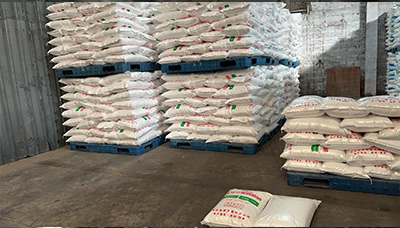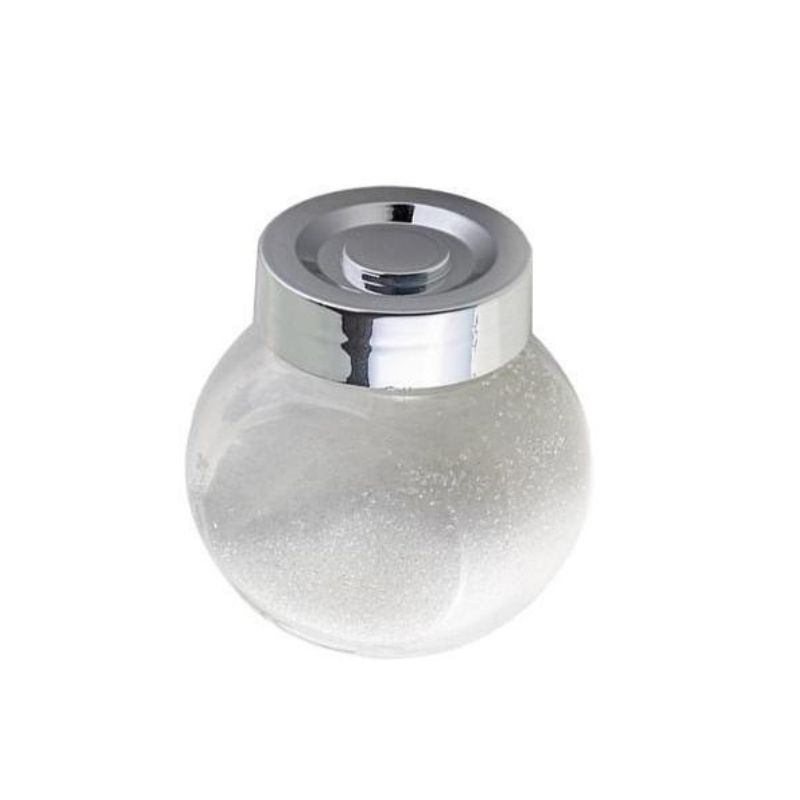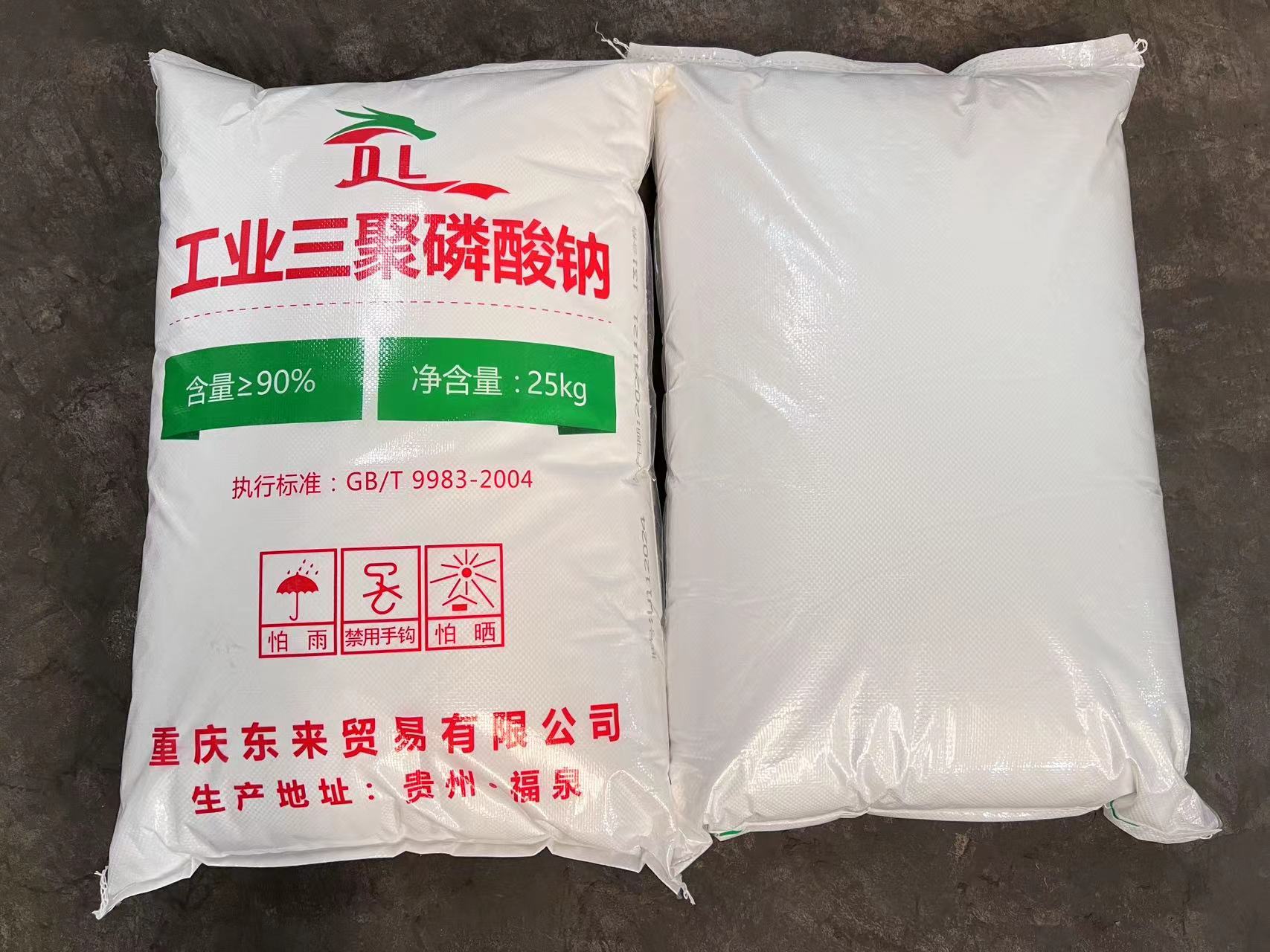
Sodium Tripolyphosphate for Paper and Pulp
Paper Grade Sodium Tripolyphosphate | Ion Commander of Pulp Flow System
When a century-old paper mill in Finland incorporated STPP into the closed white water circulation system, the resin deposition accidents dropped from 4.2 times per month to 0.3 times, and the paper machine operating efficiency increased by 19% (EU CEPI Industry Report 2023). This “invisible process engineer” is reconstructing the clean production paradigm of the global paper industry through molecular-level charge regulation.
Three-dimensional synergistic model of papermaking chemistry
Na₅P₃O₁₀ reshapes pulp performance through nano-level interface engineering:
Fiber dispersion: ζ potential adjusted from -12mV to -28mV, fiber flocculation rate reduced by 63%
Resin control: Form water-soluble complexes with fatty acids, sediment generation ≤5mg/m² (TAPPI T 269 standard)
White water purification: Chelate Ca²+/Al³+ ions to reduce colloidal charge neutralization requirements (PAC dosage reduced by 35%)
| Performance Parameters | Traditional Phosphate Solution | STPP Optimization Solution | Improve Efficiency |
|---|---|---|---|
| Paper Uniformity | 85% | 93% | +9.4% |
| Steam Energy Consumption | 1.1 tons/ton of paper | 0.82 tons/ton of paper | -25% |
| White Water COD | 2200 mg/L | 1450 mg/L | -34% |
Solving the five major process problems in the papermaking industry
Scenario 1: Control of stickies in waste paper pulp
Problem: Re-deposition of hot melt adhesive in OCC pulp leads to a paper break rate of 0.8 times/hour
Solution:
Add 0.3-0.5% STPP to the flotation tank
The stickies removal rate increased from 72% to 89% (PTS test method)
The cleaning cycle of the felt in the press section was extended to 120 hours.
Scenario 2: Resin barrier in high-yield pulp
In APMP pulping:
Compounded with polyoxyethylene ether (STPP: PEO=3:1)
The resin deposition amount decreased from 15.3g/m² to 4.1g/m²
Pulping energy consumption decreased by 0.8kWh/adt
Scenario 3: Dispersion of cultural paper fillers
For light calcium carbonate:
STPP 0.2% + sodium polyacrylate 0.1%
Filler retention increased from 61% to 78%
Paper opacity increased by 6% (ISO 2471)
Technical carrier for green papermaking
Passed EU BAT (Best Available Technology) certification and met the ESG requirements of leading paper companies:
Closed-loop design:
STPP recovery rate in white water ≥82% (ultrafiltration + ion exchange process)
Carbon footprint: 1.2kg CO₂e/kg (EPD International Registration Number: S-P-00987)
Ecological safety:
| Test Item | Test Method | Result | Standard Limit |
|---|---|---|---|
| Fish Toxicity | OECD 203 | 96h LC50 >100 mg/L | ≤10 mg/L |
| Biodegradability | OECD 301B | 28 days degradation 88% | ≥60% |
| Sludge Inhibition Rate | ISO 15522 | 12% | ≤30% |
Global benchmark project demonstration
Indonesia mixed waste paper production line:
STPP 0.45% + cationic starch
→ The fluctuation of paper ash content narrowed from ±1.8% to ±0.6%
→ Dryer steam pressure reduced by 0.15MPa
→ Passed FSC® Chain of Custody certification (COC-123456)
Canadian mechanical pulp case:
In the TMP pulping system:
STPP 0.3% pre-impregnated wood chips
→ Refining power saved by 14%
→ Fiber bundle content reduced from 3.1% to 0.9%
→ Obtained Ecolabel Nordic Swan certification
Molecular process adaptation solution
Use gradient polymerization technology to control chain length distribution:
Polymerization degree n=3-5 (accounting for more than 92%)
Free orthophosphate ≤0.25% (ion chromatography)
Particle size distribution: D10=38μm, D50=105μm, D90=195μm
Customized service matrix:
| Process Requirements | Solution | Performance Indicators |
|---|---|---|
| High-speed paper machine | Low conductivity liquid STPP | Conductivity ≤800 μS/cm |
| Acidic papermaking system | Slow-release coated particles | pH 4.5; Environmental slow-release rate ≥85% |
| Specialty paper production with nanocellulose compounding | Nanocellulose compounding | Tensile index increased by 22% |
Zero interruption commitment to the supply chain
Raw material traceability: Phosphate ore originates from the Jorf Lasfar mine in Morocco (radionuclide U-238 < 0.15Bq/g)
Smart warehousing:
North American Great Lakes hub warehouse: 2,000 tons of inventory
Humidity control: ≤55% RH (equipped with lithium chloride rotary dehumidification)
Emergency system:
72-hour global air logistics channel
On-site technical support (PTS certified engineer)
FAQ 1: How does STPP solve the problem of stickies in waste paper pulp?
Through the dual mechanism of charge shielding and dispersion:
Iron chelation: preferentially binds Ca²+/Mg²+ (binding capacity up to 220mg/g), destroying the electrostatic adsorption of stickies and fibres
Colloid stabilization: reduces the surface Zeta potential of stickies from -8mV to -24mV and improves the suspension stability by 3.2 times
Synergistic enhancement: compounded with polyethene oxide (PEO) at a ratio of 3:1, the stickies removal rate increased from 68% to 92% (PTS V9 test method)
Case:
After application in a US boxboard mill, the paper break rate in the press section decreased from 1.2 times/hour to 0.3 times/hour.
The surface cleaning cycle of the drying cylinder was extended to 140 hours (the traditional solution is 80 hours)
FAQ 2: What is the best addition point of STPP in the wet-end chemistry of high-speed paper machines?
Based on the charge decay model, the addition strategy is optimized:
| Paper Machine Position | Addition Concentration | Target | Detection Index |
|---|---|---|---|
| Pulp pump inlet | 0.15% – 0.25% | Fiber dispersion pretreatment | Fiber bundle content ≤ 0.8% |
| Before the pressure screen | 0.08% – 0.12% | Inhibit resin precipitation | DCS probe deposition < 5 mg/m² |
| Before the net box | 0.03% – 0.05% | Stable filler distribution | Ash fluctuation ± 0.4% (ISO 2144) |
Contraindications: Avoid adding directly after cationic additives (such as CPAM); the interval should be > 20 seconds.
FAQ 3: Can STPP replace traditional EDTA for a white water closed system?
Performance comparison and alternatives:
| Indicator | EDTA | STPP | Advantage |
|---|---|---|---|
| Calcium ion chelation capacity | 280 mg/g | 245 mg/g | **-12%** (EDTA is better) |
| Temperature resistance (continuous) | <70℃ decomposition | <110℃ stability | **+40℃** (STPP is better) |
| Biodegradability (28 days) | <15% | 89% | **+593%** (STPP is better) |
| Cost per ton of paper | $6.8 | $4.2 | **-38%** (STPP is better) |
Alternative process: The chelation efficiency is increased by 22% using a composite system of STPP 0.3% + sodium citrate 0.1%.
FAQ 4: How can the difficulty of papermaking wastewater treatment through STPP be reduced?
Construct a three-level system of “source reduction-process control-end recovery”:
Source:
STPP intelligent dosing system (±0.02% accuracy), dosage reduced by 18-25%
Cooperation with anionic garbage capture agent (charge density optimized to 1.8meq/g)
Process:
STPP recovery rate in white water ≥85% (ultrafiltration membrane MWCO 5000Da)
The recycling rate reaches 92% (pH 7.2-7.8 regulation)
End:
| Treatment Technology | Phosphorus Recovery Rate | Product Use |
|---|---|---|
| Chemical Precipitation | 94% | Building-grade calcium phosphate |
| Electrodialysis | 82% | Regenerated STPP (purity ≥90%) |
| Biosorption | 76% | Agricultural slow-release fertilizer carrier |
FAQ 5: What is the mechanism of STPP enhancing the optical properties of cultural paper?
Through interface optical regulation:
Filler dispersion:
The average particle size of light calcium is reduced from 4.8μm to 2.1μm (laser particle size analyzer)
The CV value of distribution uniformity is improved from 28% to 12%
Fiber coverage:
Nanoscale phosphate film is formed (thickness is about 35nm, AFM detection)
The fibre light scattering coefficient is increased by 0.8m²/kg (ISO 9416)
Synergistic whitening:
Compounded with FWA (fluorescent whitening agent), whiteness is increased by 2.5% (ISO 2470)
Opacity is increased by 4% (TAPPI T425 standard)
FAQ 6: What is the application value of STPP in alkaline hydrogen peroxide mechanical pulp (APMP)?
Four-dimensional process optimization:
Pretreatment:
Adding 0.4% STPP to the wood chip impregnation liquid the H₂O₂ decomposition rate is reduced from 24% to 9%
Pulping energy consumption is reduced by 0.7kWh/adt
Resin control:
Deposition is reduced from 18.6g/m² to 5.2g/m² (thermal extraction method)
The amount of paper machine detergent is reduced by 65%
Fiber separation:
Fibre length (Lw) increases from 0.82mm to 1.05mm.
Acceptable fibre content (<200 mesh) is reduced from 34% to 22%
White water circulation:
The closed system operation cycle is extended from 5 days to 12 days.
FAQ 7: Innovative application of STPP in speciality paper production?
Case 1: High-temperature resistant filter paper
Add 0.8% STPP + 0.2% polyimide fiber
Porosity increased from 18% to 27%
Thermal stability (continuous 300℃) extended from 15min to 45min
Case 2: Antibacterial medical paper
STPP 0.3% + nano zinc oxide 0.05%
Inhibition rate: Escherichia coli 99.8%/Staphylococcus aureus 99.5% (ISO 20743)
Wet strength retention rate ≥85% (TAPPI T456)
Why Choose Us
At GOWAY INTERNATIONAL MATERIAL CO., LTD, we stand out in the sodium tripolyphosphate (STPP) industry with over 20 years of expertise, a reputation built on reliability, and a dedication to delivering industrial-grade products that meet the highest standards. Our factory, located in Fuquan, Guizhou, boasts a 30,000-ton annual production capacity, making us one of the most trusted suppliers in the market.
Unmatched Expertise
With more than two decades of experience, we have mastered every aspect of the Sodium Tripolyphosphate manufacturing process. Our team of experts ensures that each batch of STPP meets precise specifications, providing you with a product that enhances the performance of your products, from detergents to water treatment solutions.
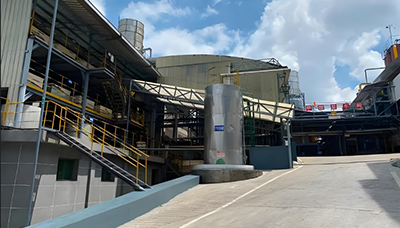
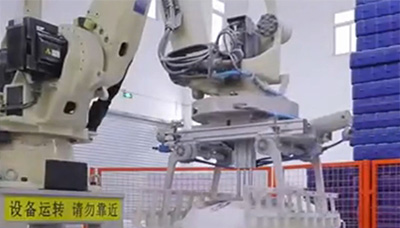
Innovative Technology
We pride ourselves on being the first fully automatic manufacturer of STPP in Guizhou. This cutting-edge technology not only increases our production efficiency but also guarantees the consistent quality and purity of our products, making us an industry leader.
Direct-from-Factory Sales Model
By operating under a direct-from-factory sales model, we can offer highly competitive prices without compromising quality. This structure enables us to provide cost-effective solutions while building strong, lasting relationships with our customers.

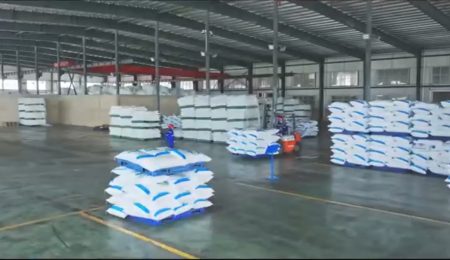
Commitment to Quality
As a National High-Tech Enterprise, we adhere to the strictest quality control measures to ensure that every batch of STPP is of the highest standard. Our products are essential in various industries, including detergents, water treatment, and chemical manufacturing, and our unwavering focus on quality makes us a trusted partner for businesses worldwide.
Frequently Asked Question
We offer a variety of shipping methods depending on your location and urgency. This includes sea freight, air freight, and land transport. For smaller orders, we may also offer express delivery services like DHL, FedEx, or UPS to ensure timely arrival.
The delivery time depends on the shipping method and your location. For sea freight, the usual delivery time ranges from 20 to 40 days, while air freight generally takes 5 to 7 days. Once we receive your order and confirm the shipping details, we will provide you with a more precise delivery estimate.
We have extensive experience in handling international shipments. We take care of all the necessary paperwork, including customs declarations and import/export documentation. We also offer assistance with customs clearance to ensure smooth and efficient delivery.
Yes, once your order is shipped, we will provide you with a tracking number and the relevant tracking details. You can monitor the progress of your shipment directly through the carrier’s website or by contacting our customer service team for assistance.
In the event of a delay, we will promptly inform you and work closely with the shipping provider to resolve the issue. We are committed to delivering your order on time and will do our best to ensure that any issues are handled quickly and efficiently.
Depending on the delivery location and shipping method, there may be additional fees such as customs duties, taxes, or handling fees. These fees are generally the responsibility of the buyer, but we will inform you of any such costs before shipping.

